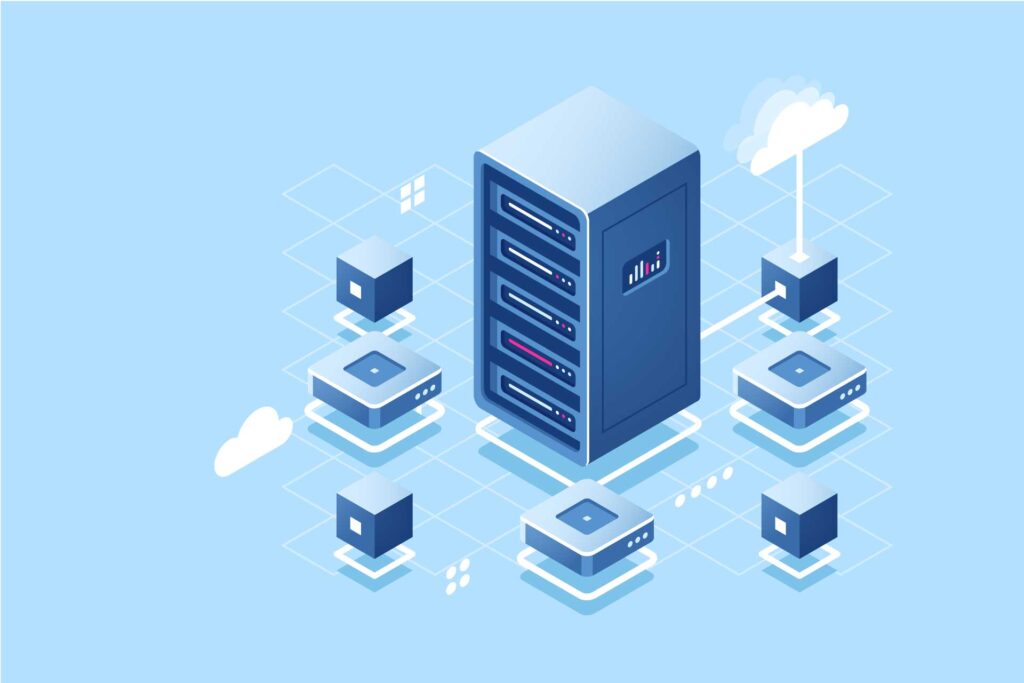There are any number of reasons organizations put off migrating their infrastructure to the cloud. Some may lack internal IT personnel trained in cloud technology, see cloud integration and migration as too complex, or fear the cloud isn’t as secure as their legacy infrastructure. Others fear the loss of accessibility. The C-level suite often focus on the perceived excessive cost of making the move.
In reality, moving your organization’s infrastructure to the cloud cannot only save you money, it can improve and simplify the way you run your business. For instance, businesses already running Microsoft tools and products can use Microsoft Azure to minimize hardware and maintenance expenses while integrating data and processes at cloud scale.
The Benefits of Migrating Infrastructure to the Cloud
There are plenty of good reasons to migrate your infrastructure to the cloud. Everything from automation of tasks to better storage and improved remote collaboration make cloud migration a secure, innovate solution that can revolutionize how your organization operates. While successful data migration calls for considerable planning and investment, the payoffs are well worth taking the leap.
So, what are the top three risks of not migrating your infrastructure to the cloud? Here’s what we think you’re missing out on by not making the cloud part of your big data solutions.
1. Easy Scalability
A switch to the cloud enables your organization to scale up or down based on your current IT requirements and business plan. How? By removing reliance on legacy system hardware, you’re able to scale operations in a better, quicker, and simpler way. This is particularly helpful when your business is expecting significant growth, as a cloud-based infrastructure speeds up the process in a cost-efficient way.
2. Security and Disaster Recovery
Done right, the cloud can be more secure than traditional network systems. In fact, over 93 percent of businesses who use the cloud appreciate the increased security it provides. Cloud services offer significant built-in security features such as:
- Security analytics.
- Periodic updates.
- Cross-enterprise visibility.
Cloud providers also handle challenging security issues like keeping out unwanted traffic and ensuring automatic security updates are applied to their systems. Systems like Azure have also met compliance audits related to HIPAA and FedRAMP regulations.
On the disaster recovery front, the cloud offers an added layer of data backup and decreased recovery times. Since losing your data can literally cost you your business, this is a big deal. Another plus: a cloud-based end-to-end backup solution can also be integrated with on-premises data protection solutions, ensuring reliable safeguarding of critical data and applications.
3. Capital Expenditures
Every organization constantly looks to reduce the money it spends on resources. Cloud migration eliminates the need for additional expensive services, networking equipment, and SANs, or storage area networks. You also avoid paying big fees leasing space in data centers. Less hardware also means less accounting for hardware depreciation. Instead of investing money in updating and upgrading a physical infrastructure, you can instead spend it on people and other growth-oriented initiatives.
Other savings include:
- Real estate. If your organization’s server infrastructure is currently onsite, you’re spending a lot on things like securing it and keeping the area where it’s stored cool.
- Energy costs. Servers consume a lot of electricity. A cloud solution consumes less energy. In fact, it’s estimated cloud computing can increase a business’ energy efficiency by anywhere from 22 to 93 percent.
- Lower staff costs. IT staff costs can be significant. Tech team members who specialize in storage, networks, and services are all required to keep your infrastructure running. In the big picture, few things are as time-consuming as maintaining an in-house data center and/or server room. And when hardware fails, it’s the IT team that needs to spend precious time working with hardware vendors to come up with a fix. When freed from these types of tasks, your internal IT team is able to develop and implement other, growth-related solutions.
Finally, one of the greatest savings with a cloud-based solution is you only pay for the services you use. This pay-as-you-go model is fully customizable which means if you only need to scale up or down at certain times of the year, you can easily do so.
Making the Move
Migrating your infrastructure to the cloud gives you access to the technical expertise of a trusted partner who in effect becomes an extension of your internal IT team. Microsoft’s Azure offers finely-tuned solutions that are faster and less costly than other cloud providers, making it a smart choice for all your big data solutions needs.



